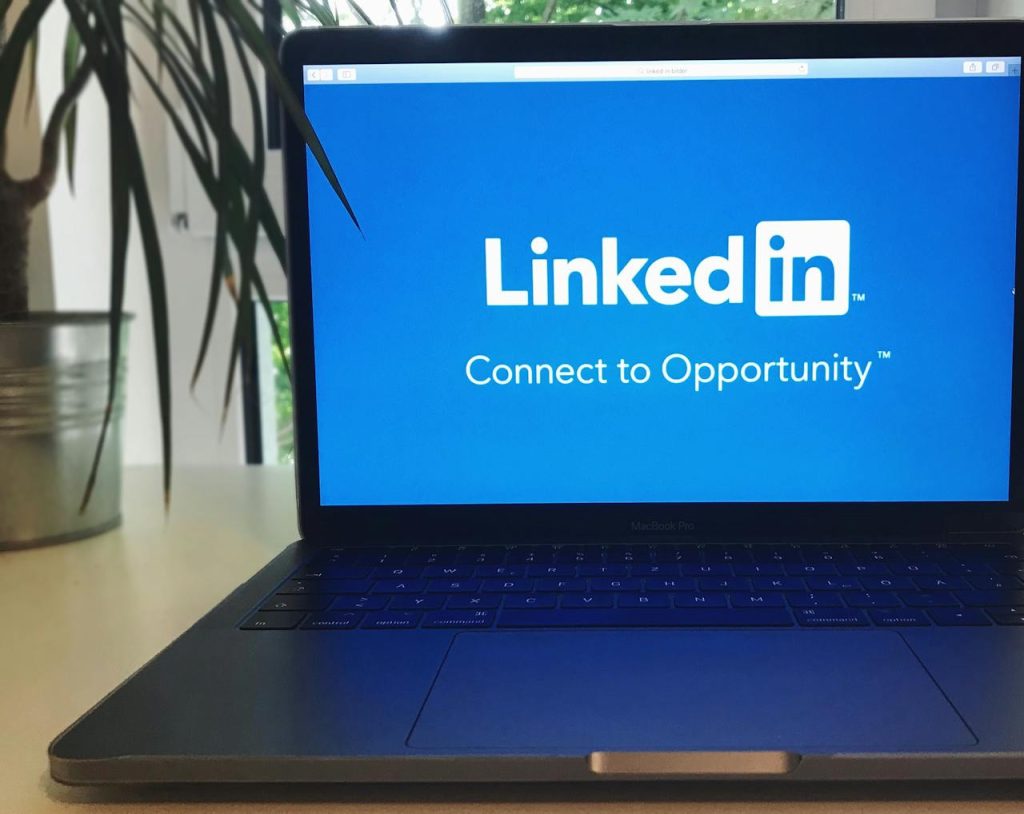
For athletes, life after sports can be a significant transition. Whether you’re coming out of high school, graduating from college, or stepping away from a professional career, shifting from athletics to a traditional career path can feel daunting. One of the most powerful tools you can use during this transition is LinkedIn. If you’re just getting started or not familiar with the platform, here are seven reasons why every athlete should create a LinkedIn profile after their sports career ends.
7 Ways LinkedIn Can Help You Succeed After Sports
1. Showcase Transferable Skills. Athletes possess a range of skills that are highly valuable in the workplace—teamwork, leadership, discipline, resilience, and time management, just to name a few. A well-crafted LinkedIn profile allows you to highlight these skills in a professional format, showing potential employers how your experiences on the field translate to success in their organizations.
2. Build and Expand Your Network. Networking is crucial in almost every industry. LinkedIn offers the chance to connect with former teammates, coaches, athletic staff, and professionals in your field of interest. You never know who might have an opportunity for you or who could introduce you to a potential employer. Many job opportunities come from knowing the right people, and LinkedIn gives you access to a vast network of professionals.
3. Stay Updated on Career Opportunities. LinkedIn’s job search feature is a powerful tool for athletes transitioning to a new career. You can set alerts for job openings in industries you’re interested in, apply directly through the platform, and even see if you have any connections at companies you want to join. LinkedIn also offers valuable insights into company culture, which can help you make informed career decisions.
4. Highlight Your Achievements and Experiences. Your athletic career is a significant part of your story. On LinkedIn, you can create a profile that details your sports journey, achievements, and accolades. Sharing your story can set you apart from other candidates. Employers are often intrigued by former athletes because of their strong work ethic and ability to perform under pressure.
5. Engage with Industry Content and Learning Resources. LinkedIn is more than just a resume platform. It offers articles, courses, and videos related to various industries. Engaging with these resources not only keeps you informed but also shows potential employers that you are proactive and dedicated to learning and growth.
6. Establish Your Personal Brand. Athletes have a unique story to tell. Stay active By posting content, sharing insights, and interacting with others, you can build a personal brand that aligns with your post-sports career goals. This can help attract recruiters, business partners, or clients if you decide to start your own business.
7. Prepare for Life After Sports. The earlier you create a LinkedIn profile, the better. Even if you’re not ready to make a career change immediately, building your profile and network now will pay off when you are ready. Plus, the platform allows you to explore different career paths and see what might interest you long-term.
Transitioning from sports to a traditional career can be challenging, but with tools like LinkedIn, athletes can leverage their experiences, network effectively, and find new opportunities. Creating a LinkedIn profile is a crucial step in setting yourself up for success, showcasing your strengths, and preparing for the next chapter of your journey.